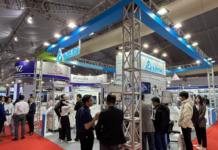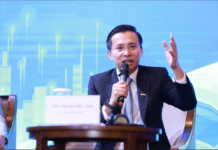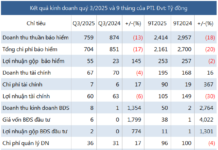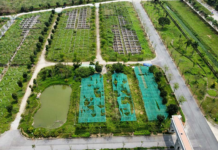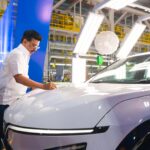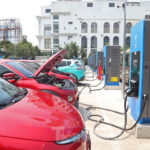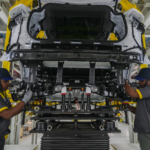Here is an overview of the Trên Ghế show, broadcast on August 5 on HTV9.

There have been recent suggestions that a single company should not have a monopoly on electric vehicle charging stations, and that all brands should be able to share charging infrastructure. What are your thoughts on this, Mr. Linh?
I believe that all vehicle users should have equal access to charging stations; it’s only fair. We also know that monopolies rarely benefit the consumer. Of course, each car brand wants to take care of its customers.
With gasoline, we have the freedom to purchase from various dealers. I think the same principle should apply to electric vehicle charging infrastructure. It should be accessible to all, with standardized quality, safety, and pricing.
Currently, VinFast has the largest network of charging stations in the country. However, some argue that they have invested significant time and resources into building this network and should not be expected to share it with competitors. What is your take on this?
I understand that perspective, but I think it’s a bit selfish. From a business standpoint, if VinFast opened up their charging network to other brands, they would be tapping into a larger market. Perhaps they haven’t taken this step yet due to policies related to electricity distribution and resale.
By restricting their charging stations to VinFast vehicles, they are providing an exclusive benefit to their customers. However, in the long run, opening up their network could be a strategic move. For instance, Tesla has recently partnered with major European and Asian automakers to offer their supercharging network in the US. VinFast could consider a similar model to gain a competitive edge.
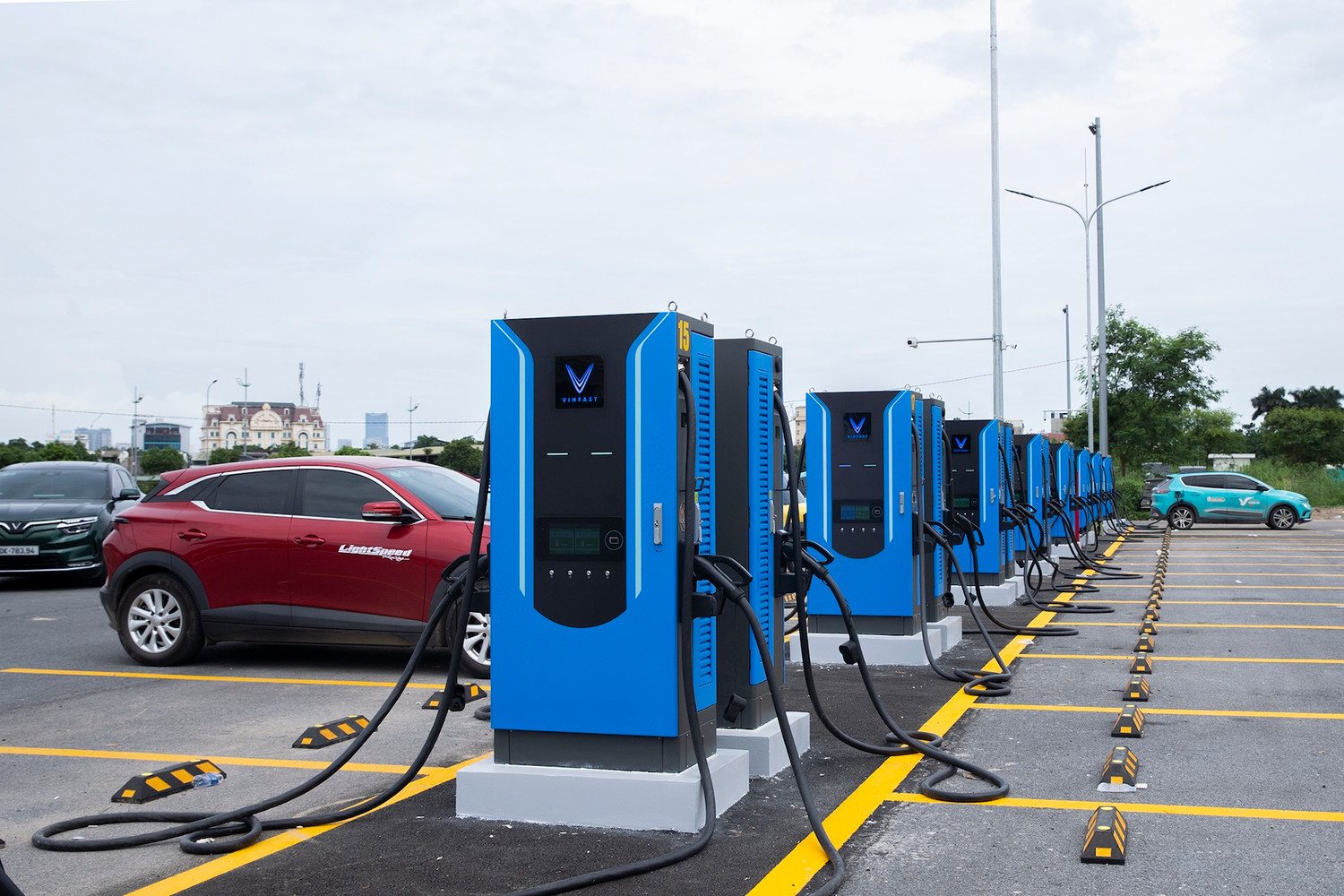
A VinFast charging station in Hanoi. Photo: VinFast
Moreover, the current “closed” system is only an invisible barrier. As long as VinFast vehicles continue to receive free charging and other perks, their customers will still have a significant advantage over other brands. Currently, there are dozens of third-party charging providers, but their networks are limited and charging costs can be exorbitant, up to 500,000 VND per charge for a standard vehicle, while VinFast offers free charging at their stations.
On the other hand, some suggest that VinFast could allow other brands to use their stations but at a higher price. Do you think this is feasible?
This scenario would be similar to the gasoline business. If implemented, the government would play a crucial role in regulating prices. VinFast, along with other charging station providers, would need to adhere to a price framework, much like the one for gasoline.
There seems to be some confusion regarding the difference between the gasoline prices announced by the Ministry of Industry and Trade and the retail prices at gas stations. These are two distinct price categories. Should a private electric vehicle charging network emerge, dealers would have the autonomy to set their prices within a range determined by the government. Once commercialized, no provider would want to deviate from this framework, as attracting customers is the key to success.

In previous episodes of Trên Ghế, guests have argued that since VinFast has already invested heavily in its charging network, the government need not spend money building a separate one. What are your thoughts?
The construction of charging stations can be likened to investing in roads and bridges, often involving public-private partnerships. While we are not macro-policy experts, it’s evident that significant societal issues require collaboration between the state and private sectors.
I believe that in the future, we will see such a collaboration regarding charging infrastructure, and the specifics of the partnership will need to be determined over time. However, it’s clear that neither sector can achieve perfection on its own.
Currently, several large energy corporations with state capital are interested in developing charging solutions, such as the Vietnam Electricity Group (EVN) and the Vietnam Oil and Gas Group (Petrolimex). Whether they decide to enter this market depends on their calculations and strategies.
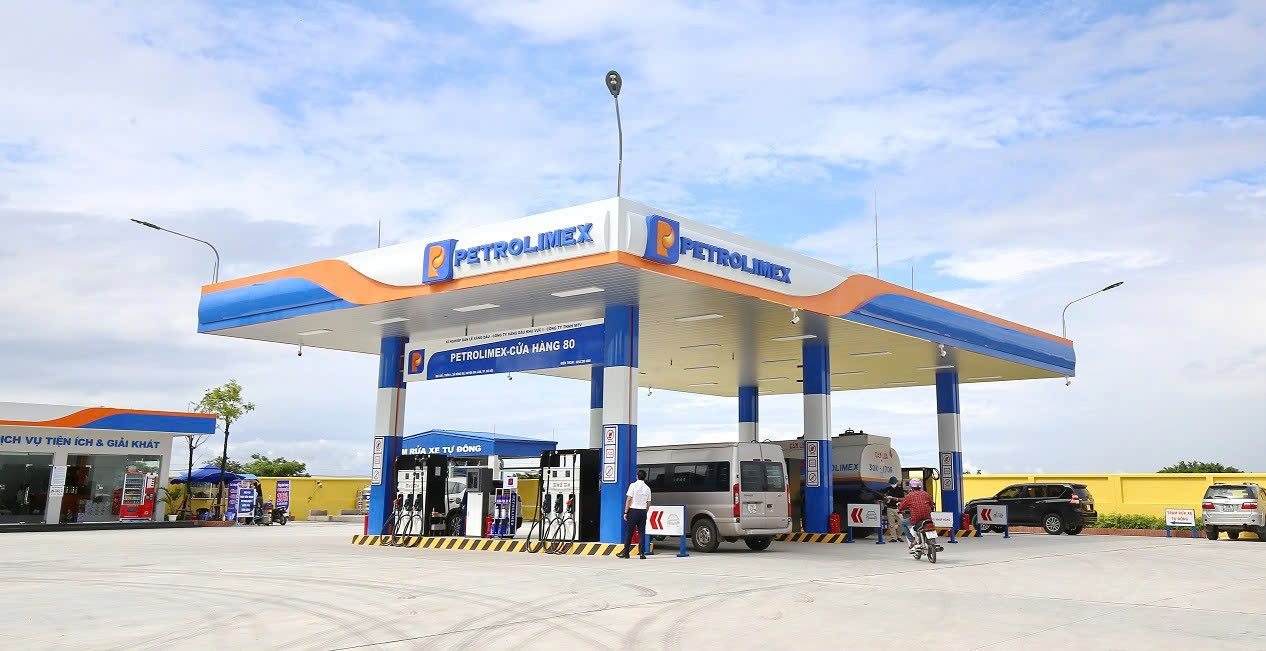
Petrolimex will make its own calculations regarding the construction of electric vehicle charging stations. Photo: Petrolimex
You mentioned Petrolimex, which has a vast network of gas stations nationwide. Do you think it would be beneficial for them to invest in electric vehicle charging stations as well?
Actually, this is already happening. Some Petrolimex gas stations have VinFast charging stations. However, as most electric vehicles in Vietnam are VinFast, this doesn’t make a significant difference. The demand for third-party charging stations mainly comes from other brands.
I believe that for other providers and service companies to enter this market, they need to see a large enough customer base. Apart from VinFast, there are a few other brands selling electric vehicles in Vietnam. If major brands achieve significant sales figures, charging providers will recognize the opportunity and invest more.
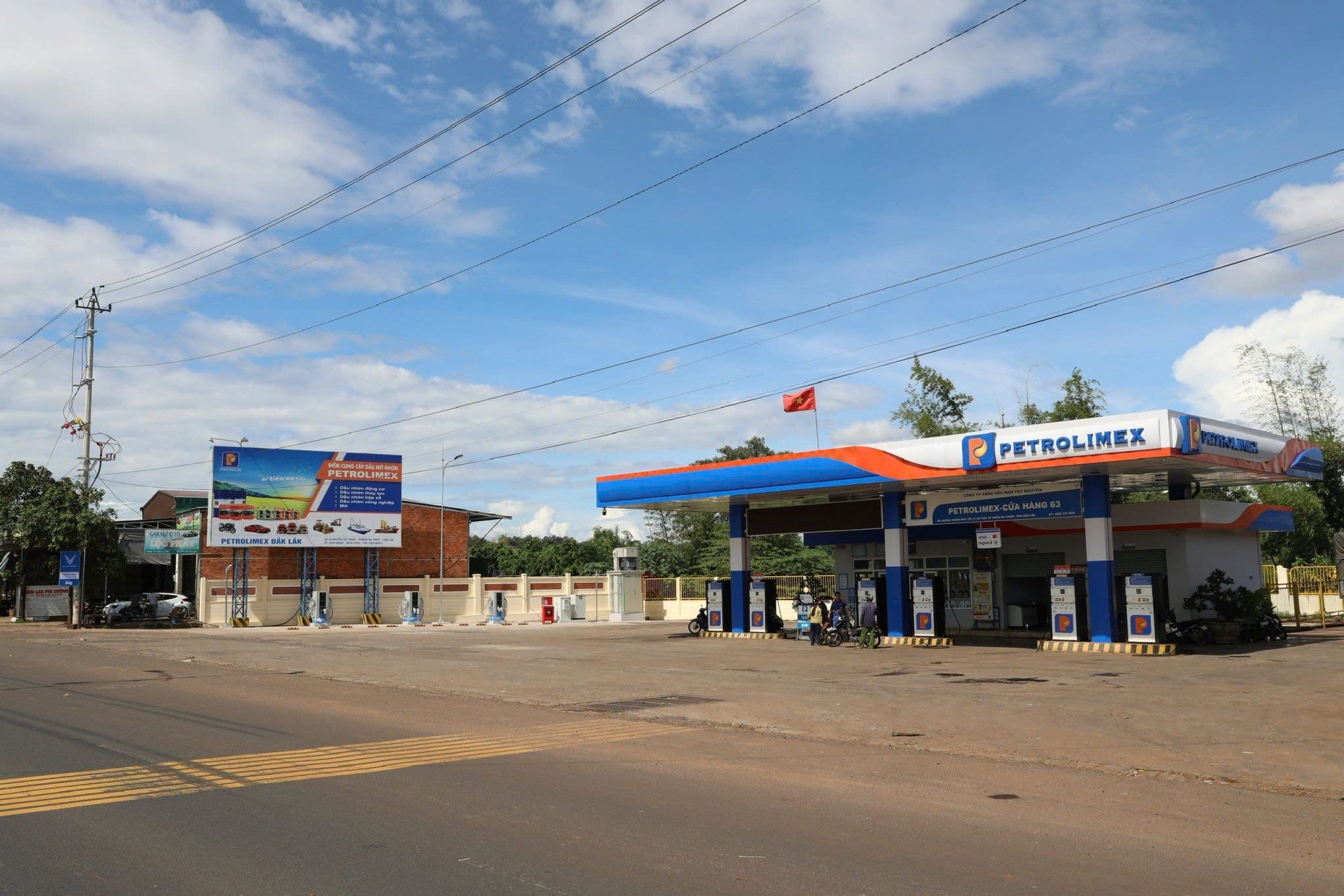
A model of a gas station combined with an electric vehicle charging station. Photo: Petrolimex
Conversely, do you think that the electric vehicle market needs a larger network of charging stations to truly take off?
I disagree. The mindset that “we can’t have electric vehicles because we lack the infrastructure” stems largely from our familiarity with gasoline and diesel vehicles.
Gasoline vehicles can refuel at numerous locations, whereas electric vehicles require dedicated charging stations. This makes finding a spacious parking lot for a charging station a significant challenge. Moreover, electric vehicles pose a higher risk of fire and explosion, necessitating careful site selection. Charging stations also entail additional services like maintenance and repair, making location even more critical. We can’t crowd dozens of vehicles into a charging station like we do at a gas station. When we talk about charging infrastructure, we’re talking about a more comprehensive system, not just the stations themselves.
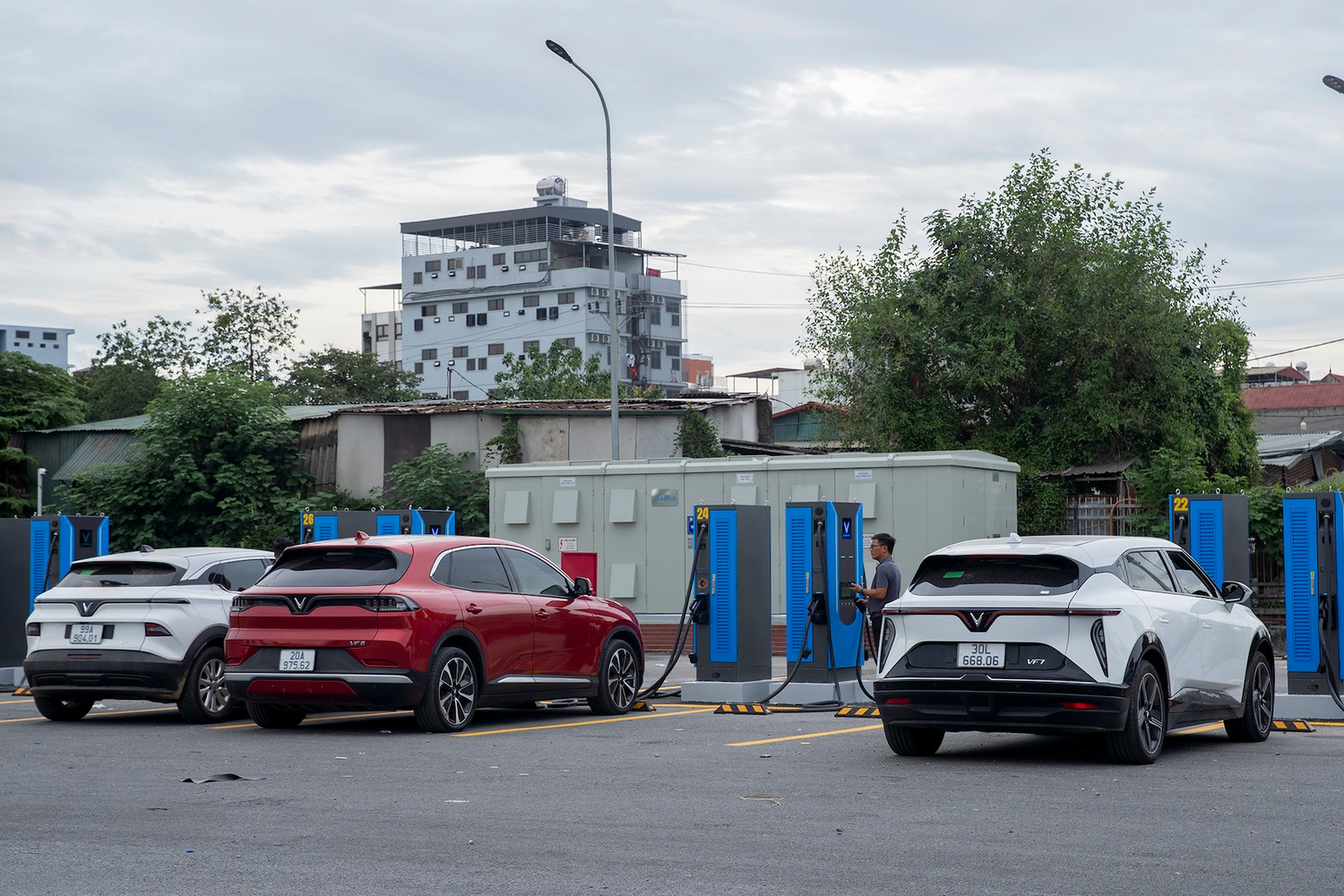
Finding suitable locations for charging stations is crucial. Photo: VinFast
Regarding electric vehicle usage, I agree that charging stations are a significant concern. However, if we look at developed countries with a high adoption rate of electric vehicles, we see a clear trend. Fast-charging stations are typically installed on highways and expressways, while urban areas encourage the use of smaller chargers equivalent to residential electricity.
This is similar to charging a phone. During the morning commute, the vehicle uses a small amount of battery power. Therefore, we only need to charge enough to compensate for the loss, instead of charging to full capacity for an additional 200-300km of range. This charging strategy differs from refueling a gasoline vehicle, where we typically fill the tank when it’s empty. With electric vehicles, we can charge incrementally without waiting for the battery to deplete.

In the future, high-quality vehicles will focus on maintaining battery health even with daily usage of only 20-30% of the battery capacity. Technologically advanced electric vehicles feature superior battery management systems. Manufacturers are moving towards solutions that prioritize multiple charging cycles over massive battery capacity.
A smaller battery pack reduces the vehicle’s weight, requiring less energy to propel the extra mass of the battery. Unlike gasoline, where a lighter vehicle consumes less fuel, an electric vehicle’s weight remains constant regardless of the battery level. A lighter vehicle would be more energy-efficient and wouldn’t require an extensive charging period, which could take up to 9-10 hours for a large battery.
For example, most public parking lots in China provide residential electricity, which doesn’t strain the power grid. This is sufficient for daily use, and only when traveling long distances on highways would a high-power charging station be necessary.
Let’s return to VinFast. You’ve outlined the advantages VinFast would gain by opening their charging network to other brands. What challenges might they face if they did so?
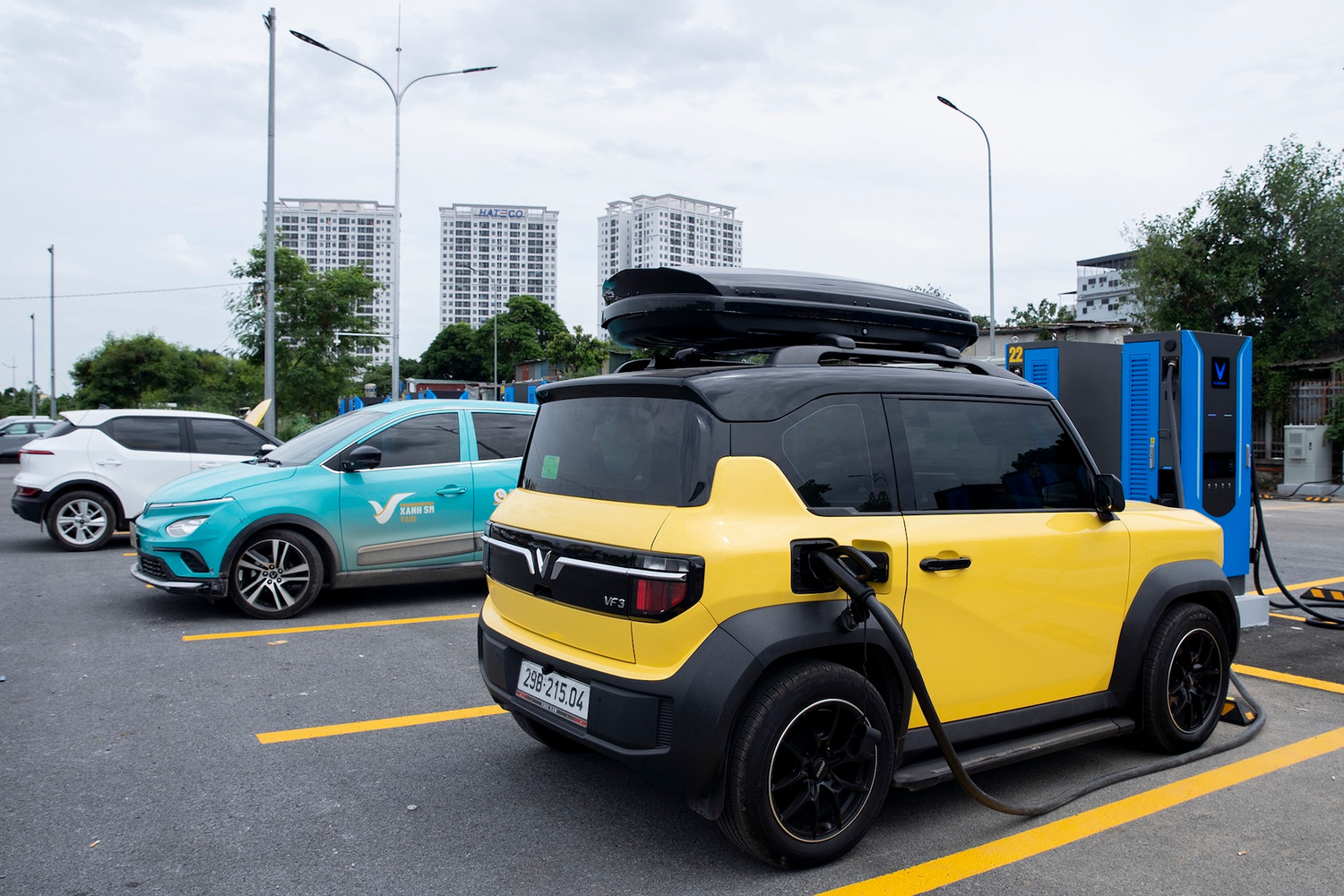
VinFast will likely face challenges if they open their charging network to other brands. Photo: VinFast
Currently, VinFast’s charging infrastructure is a significant advantage. Additionally, VinFast vehicle owners enjoy various benefits within the Vingroup ecosystem.
If VinFast opened their charging network, their customers might lose some of these exclusive benefits. However, I don’t think VinFast is concerned about this competition. Their primary worry is overcrowding, as many of their charging stations are in densely populated areas. If they opened their network to other brands, there could be a sudden surge in electric vehicles from those brands, potentially overloading the system. This is a scenario VinFast would need to consider if they decide to open their charging network.
Secondly, if safety issues arise due to opening the network, determining responsibility would be a concern for VinFast.
Thirdly, building charging infrastructure is closely tied to real estate and local policies. Vingroup, being a real estate developer, has an advantage in this regard. If another entity wanted to compete, how would VinFast respond?
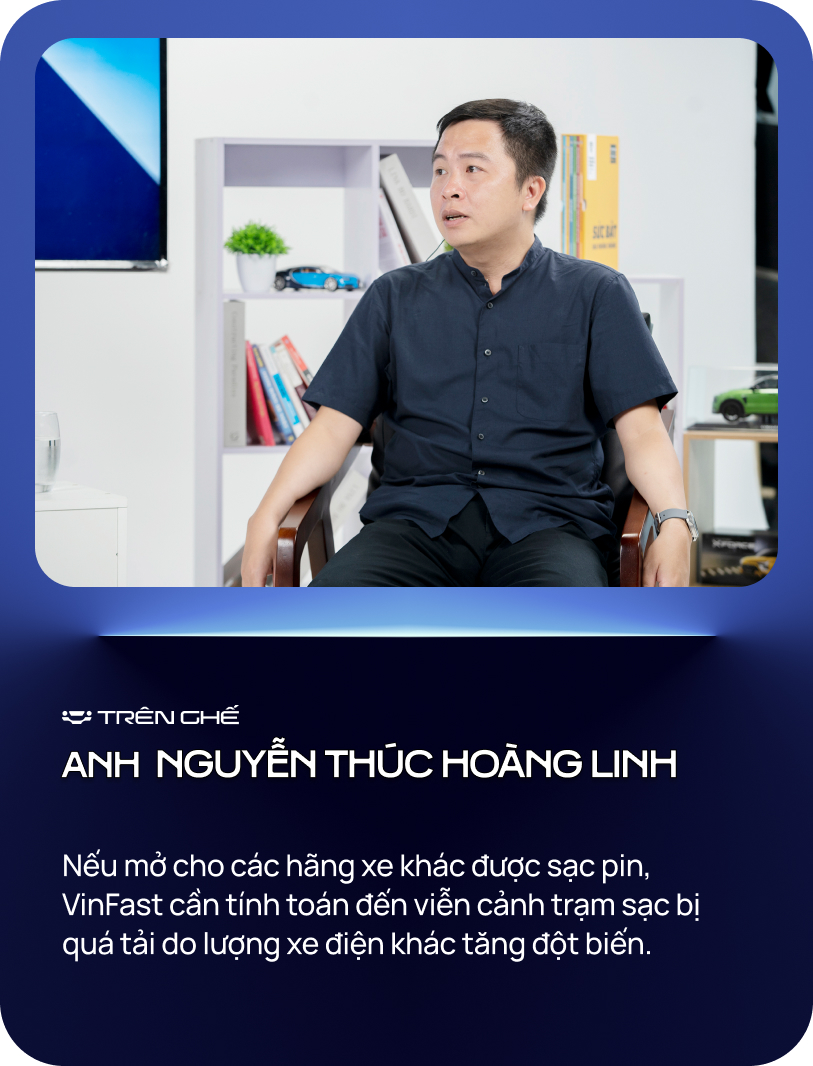
You mentioned that opening VinFast’s charging network could lead to overcrowding. What about the reverse scenario?
As I mentioned, VinFast owners currently enjoy free charging and other perks within the Vingroup ecosystem. They are unlikely to actively seek out other charging stations. Even if they do, there’s a psychological factor at play—people tend to stick with what they know and trust. They feel safer charging at stations that have been quality-checked and are compatible with their vehicles.
How do you think VinFast customers would react if the company stopped offering free charging?
This concern is valid, as we’ve seen similar situations with other vehicle brands that offered initial incentives but later discontinued them. I believe companies have the right to do this. VinFast, too, has the right to offer incentives to attract customers. However, users should be prepared to pay for these services when the incentives end.
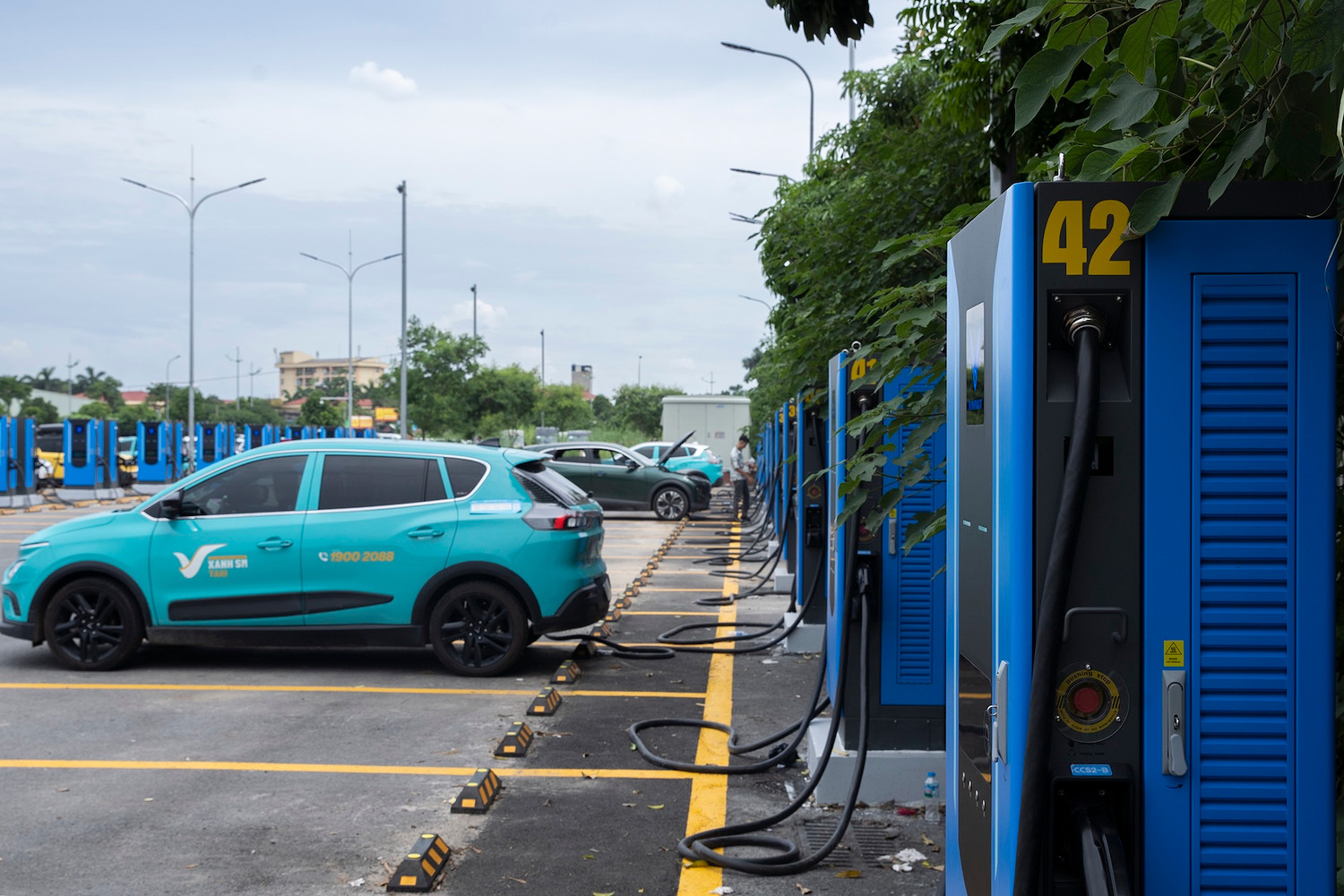
A VinFast charging station with 42 charging ports in Hanoi. Photo: VinFast
Another point regarding charging infrastructure is the concern over charging standards. This is a technical issue that can be adjusted. More importantly, we need a standardized payment system and quality control across all stations. These two factors will drive competition among providers and convenience for users.
Currently, VinFast’s charging network and mobile app are well-developed, but this isn’t the case with all providers, causing difficulties for owners of other electric vehicle brands when they need to charge outside of their brand’s network.
Thank you, Mr. Linh, for your insights.
The Trên Ghế program is a collaboration between Ho Chi Minh City Television (HTV) and VCCorp; with AutoPro as the implementing partner and AdWheel as the commercial developer.
The program is broadcast on HTV9 at 6:10 PM from Monday to Saturday and rebroadcast at 8:00 PM across VCCorp’s multimedia platforms.
“VinFast Makes a Move: Billionaire’s Bold Bet on India Pays Off with New Factory and Orders”
“We are thrilled to announce that we have secured our very first orders from multiple countries within these regions,” exclaimed Pham Sanh Chau, VinFast Asia’s Managing Director.
“Fire Safety First: Why Dorms and Apartments Should Focus on Fire Hazard Prevention Rather Than Electric Vehicle Bans”
The reluctance of some apartment buildings and landlords to accommodate electric vehicle charging is understandable, given the lack of established risk management and fire safety measures. To address this challenge, it is imperative for residential communities to take the lead in developing a comprehensive and civilized electric vehicle management model.
“VinFast’s Half-Billion Dollar Factory Launches in the World’s 5th Largest Economy, Ushering in a Wave of Massive Orders”
VinFast, a leading automotive manufacturer, has proudly inaugurated its new electric vehicle assembly plant in the Indian state of Tamil Nadu.
The Optimized Headline:
“Hanoi’s Cua Nam Ward Responds to the ‘Pilot Gasoline Vehicle Ban’ Proposal”
The Hanoi People’s Committee of Cu Nam Ward has responded to media reports regarding a proposed ban on gasoline-powered vehicles in the ward. The committee clarified that while they are considering measures to reduce air pollution and encourage the use of electric vehicles, no final decision has been made. The trial, if successful, could see a wider implementation across the city.


